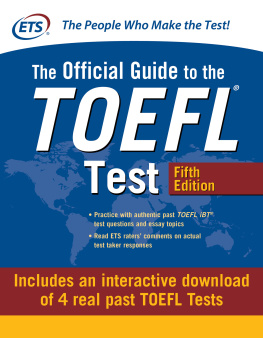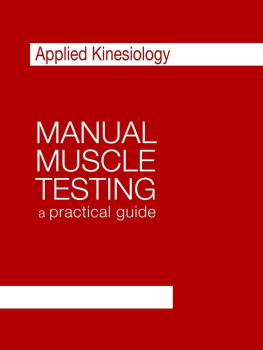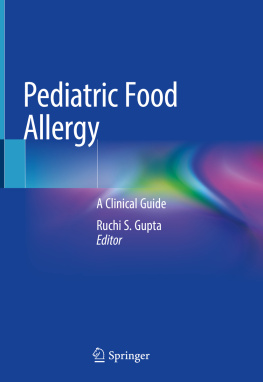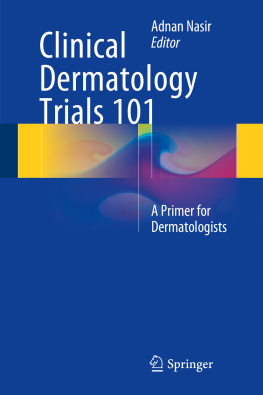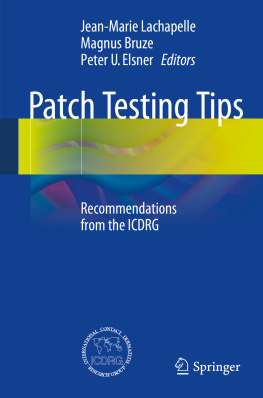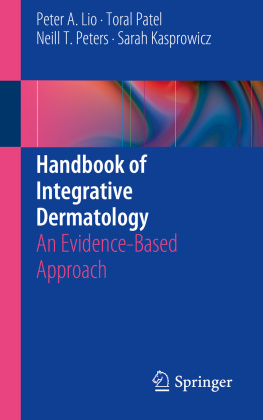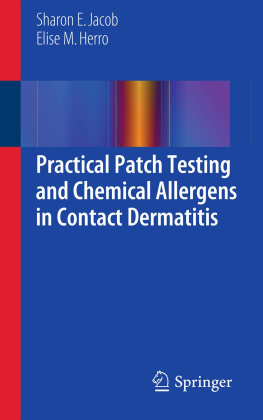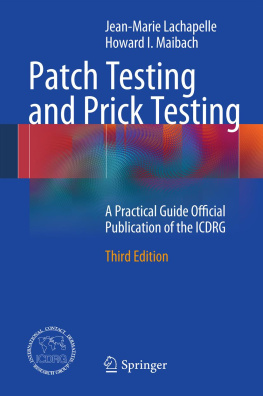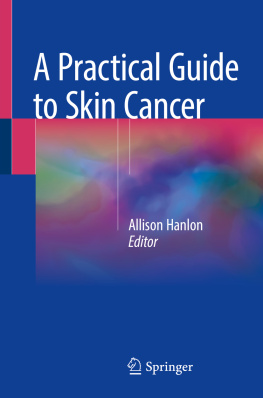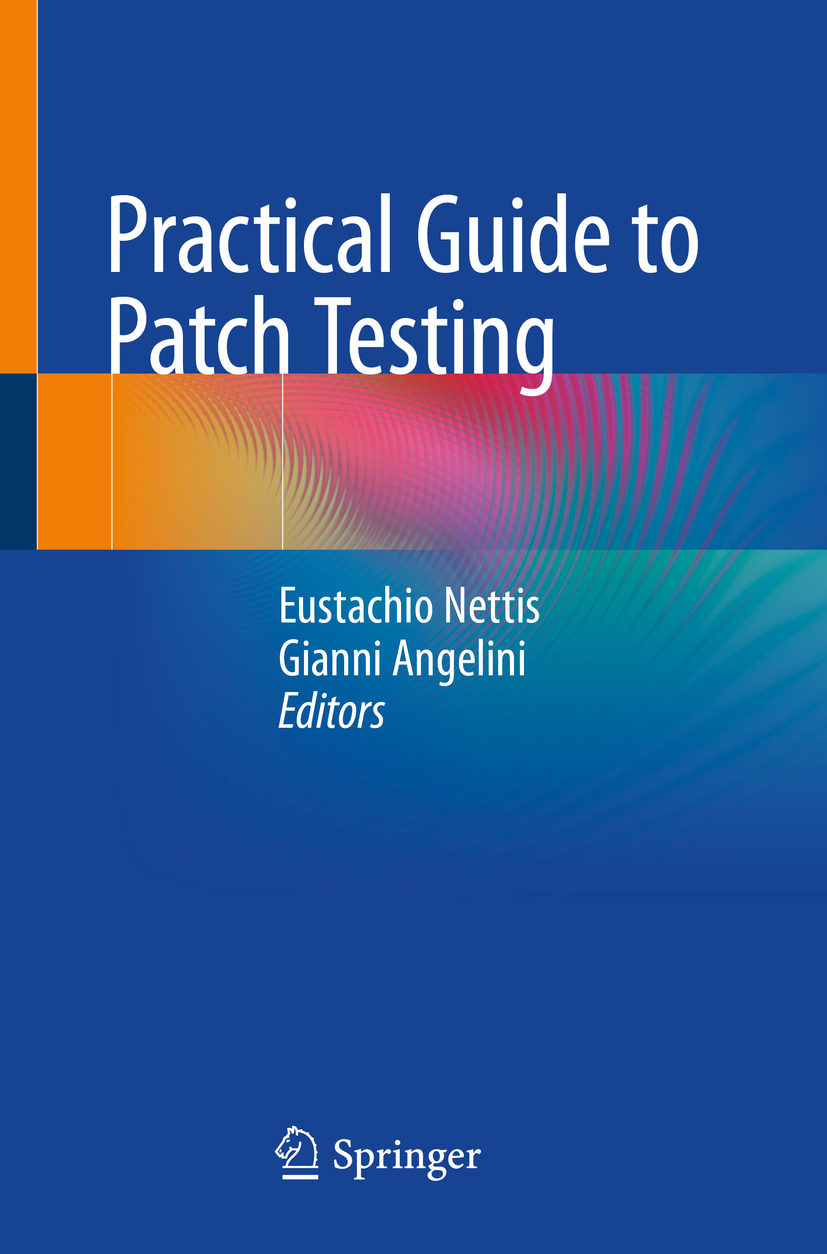Editors
Eustachio Nettis
Allergist and Dermatologist, Regional Reference Center, University Allergology Clinic, Bari, Italy
Gianni Angelini
Professor of Dermatology, Former Professor and Chairman University of Bari Aldo Moro, Bari, Italy
ISBN 978-3-030-33872-5 e-ISBN 978-3-030-33873-2
https://doi.org/10.1007/978-3-030-33873-2
Partially based on the Italian language edition: Atlante e Compendio Il Patch Test, by E. Nettis and G.Angelini, Pacini-Editore Medicina, 2017. Pacini Editore
Springer Nature Switzerland AG 2020
This work is subject to copyright. All rights are reserved by the Publisher, whether the whole or part of the material is concerned, specifically the rights of translation, reprinting, reuse of illustrations, recitation, broadcasting, reproduction on microfilms or in any other physical way, and transmission or information storage and retrieval, electronic adaptation, computer software, or by similar or dissimilar methodology now known or hereafter developed.
The use of general descriptive names, registered names, trademarks, service marks, etc. in this publication does not imply, even in the absence of a specific statement, that such names are exempt from the relevant protective laws and regulations and therefore free for general use.
The publisher, the authors, and the editors are safe to assume that the advice and information in this book are believed to be true and accurate at the date of publication. Neither the publisher nor the authors or the editors give a warranty, expressed or implied, with respect to the material contained herein or for any errors or omissions that may have been made. The publisher remains neutral with regard to jurisdictional claims in published maps and institutional affiliations.
This Springer imprint is published by the registered company Springer Nature Switzerland AG
The registered company address is: Gewerbestrasse 11, 6330 Cham, Switzerland
Preface
Patch tests are the elective tests done to confirm the diagnosis of a contact dermatitis. They are essential tools in allergological practice. Even today, they are still the only method that can confirm or exclude the clinical suspicion of allergic contact dermatitis, and directly identify the etiological agent.
Over the years, the importance of patch tests has grown continually to such an extent that nowadays the results of these tests are also valid in the medicolegal field as allergological proof of an occupational disease.
Thus, it is extremely important to have an in-depth knowledge of the principles and practical rules governing the performance of these tests in order to obtain valid, reliable results and above all to offer the patient adequate guidance since the resolution of the disease and prevention of recurrence depend first and foremost on avoiding exposure to the substance responsible for the allergic manifestation.
This Atlas has the aim of providing specialists with a useful tool that can help them to gain experience of the correct methodology for performing patch tests. It offers an accurate information about the hapten series currently available (standard series and integrated series), their concentrations and correct preservation methods, as well as about the apparatus to be used to administer various tests. The vital aspects of reading and interpretation of the patch tests are closely analyzed, in view of the different clinical relevance of the possible reactions, in order to ensure the correct management of patients suffering from contact allergy.
Eustachio Nettis
Gianni Angelini
Bari, Italy
Acknowledgment
Thanks for the irreplaceable collaboration to
Lucia Masciopinto, MD. Trainee Doctor in Allergology and Clinical Immunology
Stefania Magist, MD. Trainee Doctor in Allergology and Clinical Immunology
Elisabetta Di Leo, MD, PhD. Specialist in Allergology and Clinical ImmunologyPhD in Clinical Immunology
Maria Giovanna Priore, MD. Specialist in Allergology and Clinical Immunology
Contents
Gianni Angelini and Eustachio Nettis
Eustachio Nettis , Domenico Bonamonte and Gianni Angelini
Eustachio Nettis , Caterina Foti , Daniele Paolo Pigatto , Alberico Motolese and Gianni Angelini
Eustachio Nettis and Gianni Angelini
Gianni Angelini and Eustachio Nettis
Gianni Angelini and Eustachio Nettis
Gianni Angelini and Eustachio Nettis


